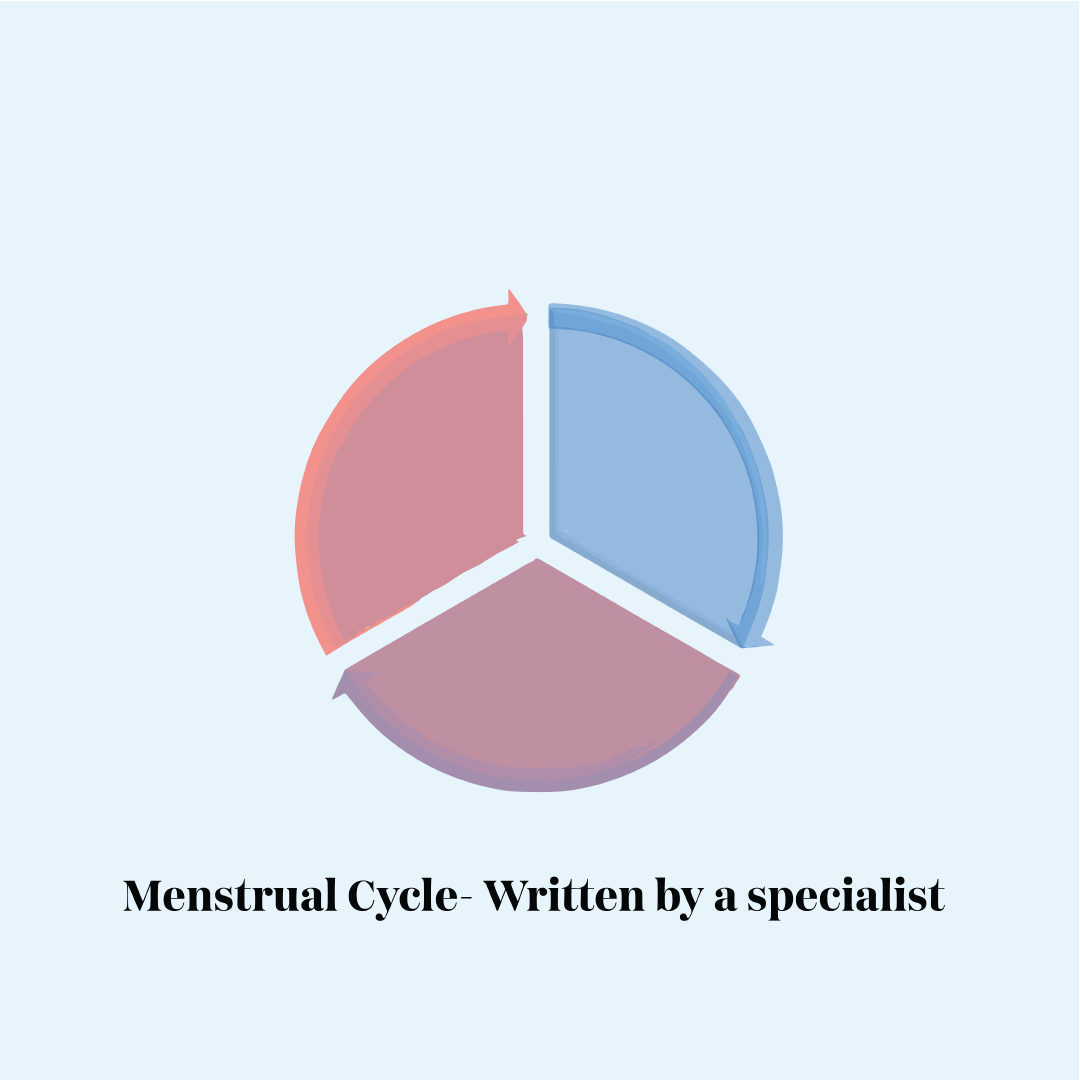Discover the best method for taking progesterone supplements with our comprehensive guide.
Progesterone plays a crucial role in various bodily functions, especially in the reproductive system. For those needing supplementation, the method of administration can influence the effectiveness and side effects of the treatment. This article will explore the different ways to take progesterone supplements, examining the options of vaginal versus oral administration.
Understanding Progesterone: What You Need to Know
Progesterone is a hormone produced primarily by the ovaries. It is vital for regulating many processes in the body, including the menstrual cycle and pregnancy. It helps prepare the uterus for pregnancy and maintains it if conception occurs. The hormone also plays a role in the development of breast tissue and influences the health of the cardiovascular system.

For individuals with low progesterone levels, supplementation can help alleviate symptoms such as irregular menstrual cycles, mood swings, and sleep disturbances. Various forms of progesterone supplements are available, allowing for tailored treatment to meet individual needs.
Understanding how progesterone affects your body is essential before deciding on the method of supplementation. Different forms of administration can have distinct impacts on absorption rates, effectiveness, and potential side effects.
Progesterone levels naturally fluctuate throughout the menstrual cycle, peaking during the luteal phase, which occurs after ovulation. This fluctuation is crucial for the timing of menstruation and the overall reproductive health of individuals. In addition to its reproductive functions, progesterone also influences mood and cognitive function. Some studies suggest that adequate levels of progesterone can have a calming effect, potentially reducing anxiety and improving sleep quality. This is particularly important for those who experience premenstrual syndrome (PMS), where hormonal imbalances can lead to heightened emotional responses and physical discomfort.
Moreover, progesterone’s role extends beyond reproductive health; it also interacts with other hormones in the body, such as estrogen, to maintain hormonal balance. This interplay is vital for overall health and can affect everything from bone density to metabolic processes. Lifestyle factors, including diet, exercise, and stress management, can also influence progesterone levels. For instance, maintaining a balanced diet rich in healthy fats and vitamins can support hormone production. Chronic stress may lead to hormonal imbalances that could exacerbate symptoms associated with low progesterone. Understanding these connections can empower individuals to make informed choices about their health and wellness.
The Benefits of Oral Progesterone Supplements
Oral progesterone supplements are typically taken in pill form and are one of the most common methods of supplementation. One significant benefit of oral progesterone is its ease of use. Most people are familiar with taking pills, and this method typically does not require any special preparation or technique.
Another advantage of oral progesterone is its wide availability. Many healthcare providers prescribe it, and patients can easily obtain it through pharmacies. Additionally, studies have shown that oral progesterone can effectively raise hormone levels in the bloodstream, providing the necessary support for conditions related to low progesterone.
Moreover, oral administration can be more convenient, especially for those who travel frequently or have a busy lifestyle. The relatively straightforward dosing schedule allows for easier integration into daily routines, making it a practical choice for many.
In addition to convenience, oral progesterone supplements can also help alleviate symptoms associated with hormonal imbalances. Symptoms such as mood swings, anxiety, and sleep disturbances. By stabilizing hormone levels, these supplements may contribute to improved emotional well-being and overall quality of life. Many users report a more balanced mood and better sleep patterns after incorporating oral progesterone into their regimen. This can be particularly beneficial for women experiencing premenstrual syndrome (PMS) or perimenopause.
Furthermore, oral progesterone has been studied for its potential protective effects on the endometrium, the lining of the uterus. For women who are at risk of endometrial hyperplasia or those undergoing hormone replacement therapy, oral progesterone can play a crucial role in maintaining uterine health. By counteracting the effects of estrogen, it helps to ensure a balanced hormonal environment, which is essential for reproductive health. This aspect of oral progesterone supplementation makes it an important consideration for women navigating various stages of their reproductive lives.
Exploring Vaginal Progesterone: Advantages and Disadvantages
Vaginal progesterone is administered through suppositories or creams, providing an alternative route for hormone supplementation. This method has specific advantages that make it appealing to some individuals. For instance, vaginal administration can result in higher local concentrations of the hormone where it is needed most, particularly during pregnancy. This localized effect can be particularly beneficial in supporting the uterine lining, which is crucial for maintaining a healthy pregnancy, especially in women undergoing fertility treatments or those with a history of recurrent miscarriages.
Moreover, vaginal progesterone might lead to fewer systemic side effects compared to oral supplements. Because it bypasses the liver during metabolism, some patients experience less gastrointestinal discomfort or mood changes, making this method favorable for those who are sensitive to oral medications. In addition, the absorption rate of vaginal progesterone can be more consistent, providing a steadier hormone level in the bloodstream, which can be advantageous for those requiring precise hormone regulation.
However, vaginal progesterone can present its own challenges. Some individuals may find the application process less convenient or slightly uncomfortable. The need for regular application can be a barrier for some, especially if they have a busy lifestyle or experience difficulty with self-administration. Additionally, it may not be suitable for those who are less comfortable with applying substances vaginally. In some cases, patients may also experience mild irritation or discharge, which can be concerning for those unfamiliar with these side effects.
Thus, considering the advantages and disadvantages of vaginal administration is crucial in deciding which method is best suited for your situation. It’s essential to have open discussions with healthcare providers about personal preferences and any concerns regarding the use of vaginal progesterone. This collaborative approach can help ensure that individuals make informed choices that align with their health needs and lifestyle, ultimately leading to better adherence to treatment and improved health outcomes.
How to Choose the Right Method for You
Choosing the right method of progesterone supplementation involves considering various factors, including personal comfort, lifestyle, and specific health needs. Each individual may respond differently to the different forms of progesterone.
Start by evaluating your health history and current symptoms. If you have experienced adverse effects with oral medications in the past, discussing alternative options like vaginal progesterone with a healthcare provider may be beneficial. It’s also important to consider the timing of your supplementation; for instance, some women may find that taking progesterone at night helps mitigate side effects like drowsiness, while others may prefer morning doses to align with their daily routines.
Your primary care physician or a specialist in hormone therapy can provide insights into which method might be more effective based on your unique hormonal profile. They can guide you through the decision-making process and help establish a treatment plan tailored to your needs. Additionally, they may recommend monitoring your hormone levels periodically to assess how well the chosen method is working, allowing for adjustments as necessary to optimize your health outcomes.
Financial considerations also play a role. Oral progesterone may be more affordable, while certain vaginal formulations may be more costly. Checking with insurance providers regarding coverage for specific methods can inform your decision as well. Furthermore, it’s wise to explore patient assistance programs or discount cards that some pharmaceutical companies offer, which can help alleviate the financial burden of more expensive treatments. Understanding the long-term costs associated with each method, including potential follow-up appointments and additional tests, can also help you make a more informed choice.
Potential Side Effects of Each Administration Route
Understanding the potential side effects associated with each administration route is critical when considering progesterone supplementation. Oral progesterone may cause a range of side effects, including dizziness, fatigue, nausea, and mood changes. Some individuals may experience a residue effect as the medication enters the bloodstream. This can sometimes lead to a feeling of grogginess or a lack of mental clarity, particularly if taken in higher doses or close to bedtime. Additionally, the metabolism of oral progesterone can vary significantly among individuals, influenced by factors such as age, weight, and overall health, which can further complicate the side effect profile.
On the other hand, vaginal progesterone can lead to distinct side effects, such as irritation or discomfort at the application site. Some may experience discharge or leakage, which can be inconvenient for daily activities. However, systemic side effects may be less pronounced when using this method compared to oral supplementation. This route is often preferred for those who have experienced adverse reactions to oral forms, as it allows for more localized effects with potentially fewer systemic implications. Nevertheless, users should be aware that some may still experience mild abdominal cramping or changes in menstrual flow, which can be concerning for those monitoring their reproductive health.
It is essential to monitor any side effects closely after beginning progesterone therapy. Keeping a journal of your symptoms can help you and your healthcare provider make informed adjustments to your treatment plan. If side effects are intolerable or impact your quality of life, alternatives should be explored. Additionally, discussing the timing of administration can be crucial; for example, taking oral progesterone at night may mitigate some daytime fatigue, while vaginal administration might be timed to coincide with periods of lower activity to minimize discomfort. Engaging in open communication with a healthcare professional about these experiences can lead to better management strategies and a more tailored approach to hormone therapy.
Consulting Your Healthcare Provider: Key Questions to Ask
Before starting progesterone supplementation, it is critical to have an open dialogue with your healthcare provider. Preparing a list of questions can facilitate this communication and ensure that you receive the necessary information for informed decision-making.
- What are my specific progesterone needs, and how will supplementation help me?
- What are the potential benefits and risks associated with oral versus vaginal administration?
- How will each method affect my existing medications or health conditions?
- What side effects should I be aware of, and how can I manage them?
- How long should I expect to be on progesterone supplementation, and what are the follow-up protocols?
Taking the time to ask these questions can provide clarity on your treatment options and establish a partnership with your healthcare provider in managing your health. Always remember that your comfort and well-being should be prioritized when selecting a method of supplementation.
In conclusion, both oral and vaginal progesterone supplements offer distinct advantages and disadvantages. Assessing your individual circumstances, preferences, and medical advice will help you make the most informed choice for your health needs. By staying informed and proactive in discussions with your healthcare provider, you can navigate your path toward effective hormone management and enhanced well-being.










